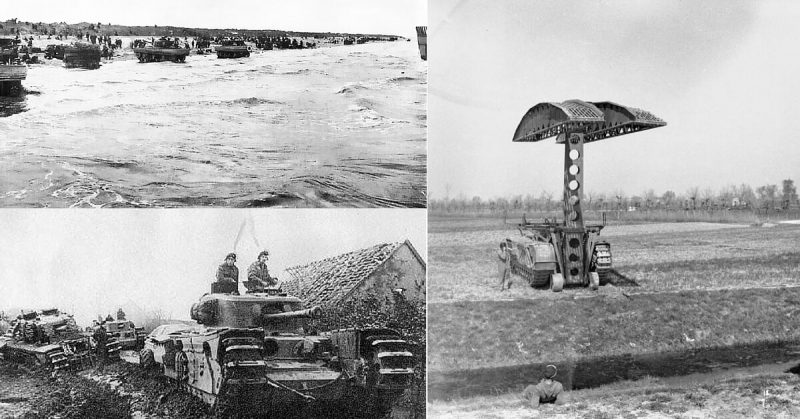The landings in Normandy demanded new sorts of hybrid tanks that were capable of fulfilling multiple engineering tasks to provide maximum support to the infantry. After the devastating defeat at the Dieppe-Seine-Maritime in 1942, better known as the Dieppe Raid, the Allies learned the hard way that landing on the shores of Europe was not going to be an easy task.
The Atlantic Wall ― which refers to the series of obstacles, minefields, bunkers, coastal batteries and pillboxes built by the Germans to prevent the Allies from landing in on the Atlantic coast ― had once proved impregnable and at that point, it wasn’t even fully constructed. In addition to the defense system, the Allies had to face unpredictable weather and soft sand and shingle on the beaches in which tanks risked getting stuck.
All of this meant that Operation Overlord demanded a large amount of inventive ingenuity to succeed. The Royal Engineers, together with the 79th Armoured Division of the British Army, were given the task of overcoming all obstacles and providing equipment that would guarantee the safety and mobility of Allied troops once they were on the ground.
The results seemed so stunning at the time that these vehicles became commonly known as the Hobart Funnies. The tanks were named after the Commander of the 79th Armoured Division, Major General Percy Hobart. Although these tanks were labeled as “funny”, they were used extensively during the landings by the Brittish and had proven to be most effective as assault or support vehicles. The Hobard Funnies became the prototypes of many engineer-purpose vehicles long after the war and changed the history of naval landing warfare forever.
1. Crocodile
The Crocodile was a modified Churchill tank, fitted with a flamethrower in place of the hull machine gun. An armored trailer, towed behind the tank, carried 400 Imperial gallons (1,800 liters) of fuel. The flamethrower had a range of over 120 yards (110 meters), far greater than man-portable units. Regarded as a powerful psychological weapon, this flame tank proved highly effective at clearing bunkers, trenches, and other German fortifications.
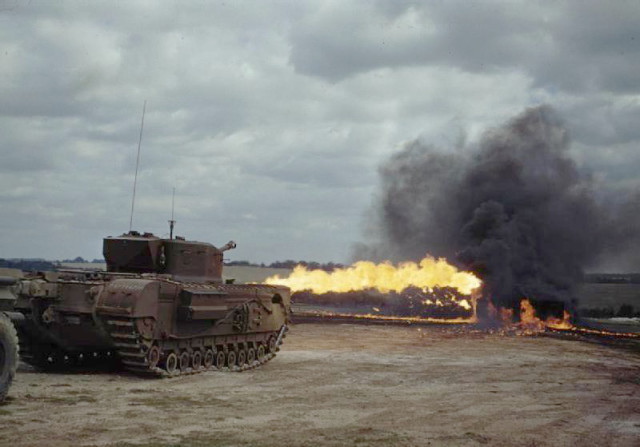
2. AVRE (Armoured Vehicle Royal Engineers)
Another Churchill tank modification adapted to attack German defensive fortifications. The AVRE’s main gun was replaced by a Petard Mortar that fired a forty-pound (18 kg) HE-filled projectile (nicknamed the “Flying dustbin”) 150 yards (137 m).
It was capable of destroying concrete obstacles such as roadblocks and bunkers. The mortar had to be reloaded externally by opening a hatch and sliding a round into the mortar tube from the hull.
AVREs were also used to carry and operate equipment such as:
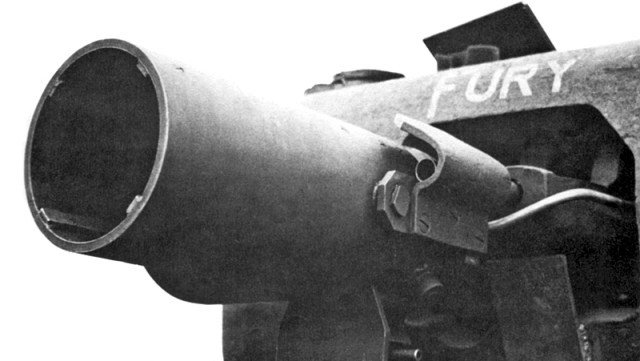
Bobbin:
A reel of 10-foot (3.0 m) wide canvas cloth reinforced with steel poles carried in front of the tank and unrolled onto the ground to form a “path” so that following vehicles (and the deploying vehicle itself) would not sink into the soft ground of the beaches during the amphibious landing.
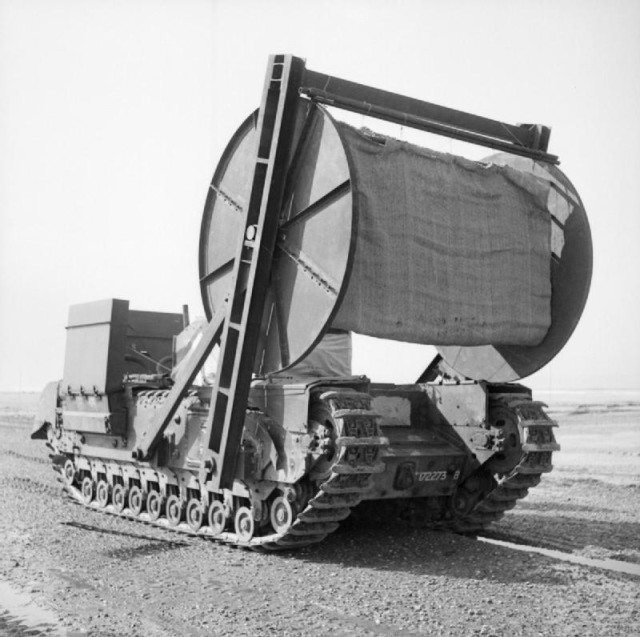
Fascine:
A bundle of wooden poles or rough brushwood lashed together with wires carried in front of the tank that could be released to fill a ditch or form a step. Metal pipes in the center of the fascine allowed water to flow through.
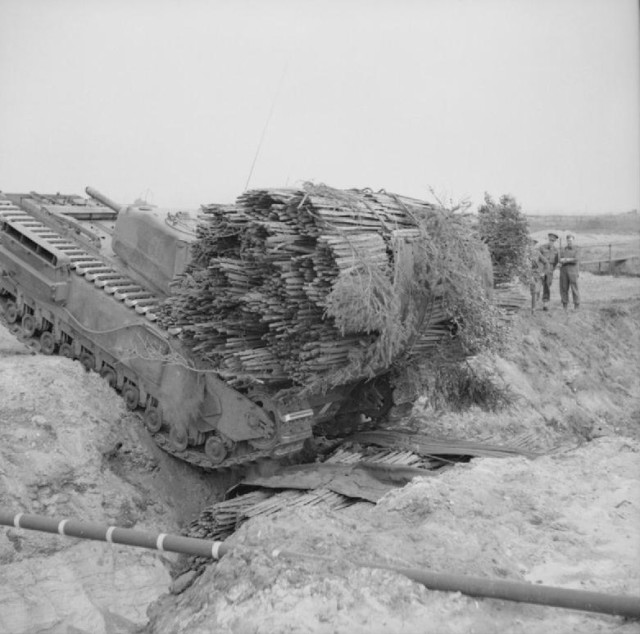
Small Box Girder:
An assault bridge that was carried in front of the tank and could be dropped to span a 30-foot (9.1 m) gap in 30 seconds.
Bullhorn Plough:
A mine plow intended to excavate the ground in front of the tank, to expose and make harmless any land mines.
Double Onion:
Two large demolition charges on a metal frame that could be placed against a concrete wall and detonated from a safe distance. It was the successor to the single-charge device Carrot.
3. ARK (Armoured Ramp Carrier)
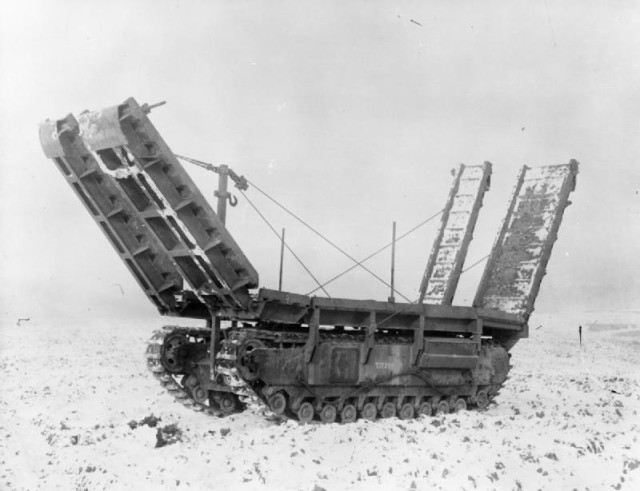
A Churchill tank without a turret that had extendable ramps at each end; other vehicles could drive up ramps and over the vehicle to scale obstacles.
4. Crab Tank
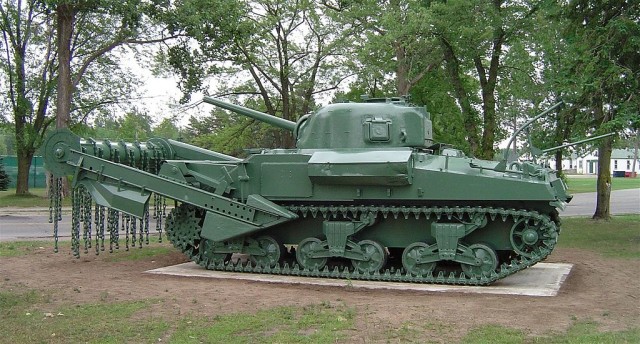
A Sherman tank modified with a mine flail. The mine flail was a rotating cylinder of weighted chains that exploded mines in the path of the tank.
5. DD Tank (Duplex Drive)
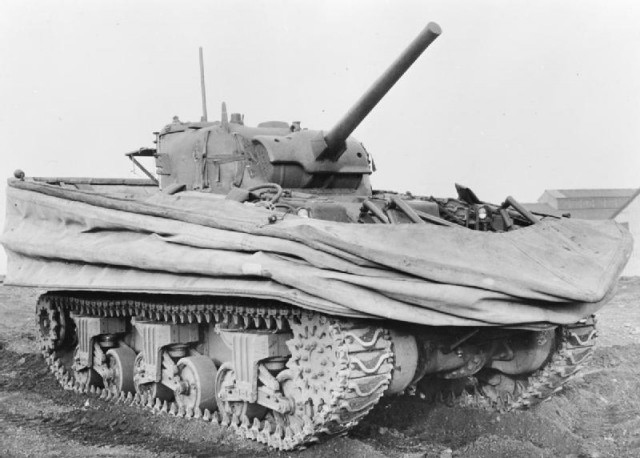
An amphibious Sherman or Valentine tank fitted with a large watertight canvas housing able to float and reach the shore after being launched from a landing craft several miles from the beach. They were intended to give support to the first waves of infantry that attacked the beaches. The Valentine version was used only for training. These were the only tanks that were used by both the Americans and the British during D-Day.
6. BARV (Beach Armoured Recovery Vehicle)
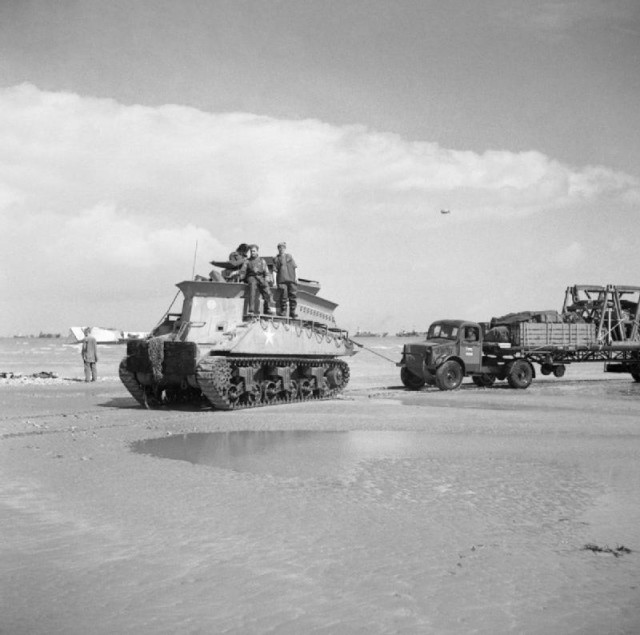
A Sherman M4A2 tank which had been waterproofed and had the turret replaced by a tall armored superstructure. Able to operate in water 9 foot (2.7 m) deep, the BARV was intended to remove vehicles that had become broken-down or swamped in the surf and were blocking access to the beaches.
They were also used to re-float small landing craft that had become stuck on the beach. Sherman BARVs were not Hobart’s design; they were developed and operated by the Royal Electrical and Mechanical Engineers, not the 79th Armoured Division.
7. Armoured Bulldozer
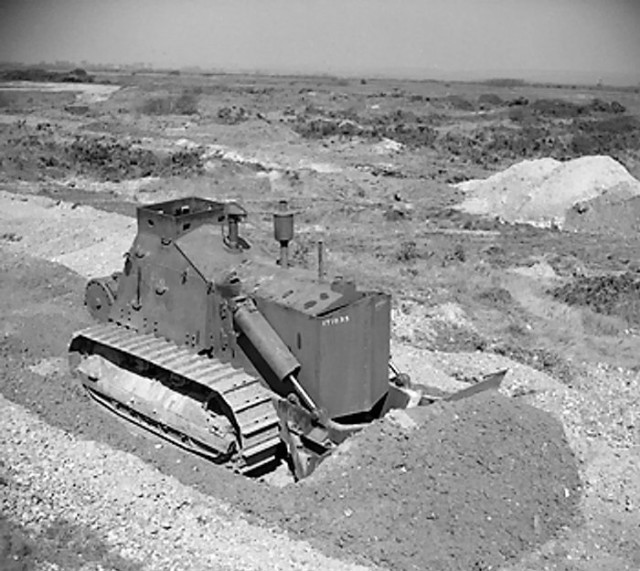
A conventional Caterpillar D7 bulldozer fitted with armor to protect the driver and the engine. Their job was to clear the invasion beaches of obstacles and to make roads accessible by clearing rubble and filling in bomb craters and anti-tank ditches.
Not used on D-Day
We wanted to include these three other “funny” tanks too. Even though they were not used on D-Day, they were used later, during the campaign in Western Europe.
Centaur Bulldozer
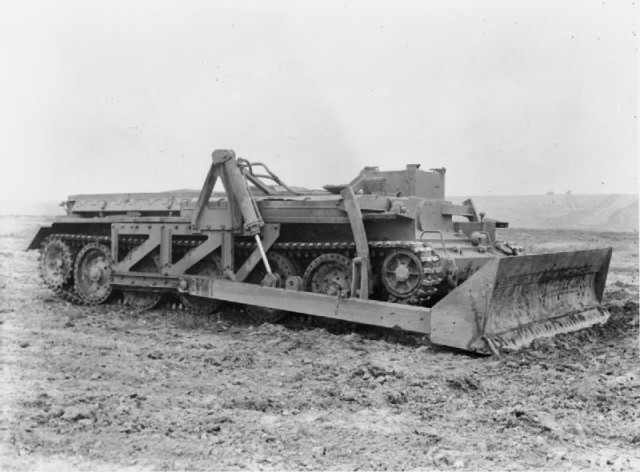
A Cromwell tank with the turret removed and fitted with a simple winch-operated bulldozer blade. These were produced because of a need for a well-armoured obstacle-clearing vehicle that, unlike a conventional bulldozer, would be fast enough to keep up with tank formations. They were not used on D-Day but were issued to the 79th Armoured Division in Belgium during the latter part of 1944.
Canal Defense Light (CDL)
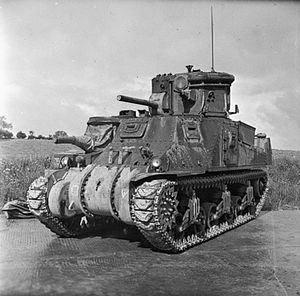
A powerful carbon-arc searchlight carried on several types of the tank inside a modified turret. The name of the device was deliberately inaccurate in order to help keep it secret; its true purpose was to illuminate enemy positions during a night attack, providing light and dazzling defenders.
An ingenious optical design allowed the light to flood out of a comparatively small slit in the armor, minimizing the chance of damage by enemy fire. This was not used on D-Day but was used during the attack on the Geilenkirchen salient to create indirect artificial light.
LVT Buffalo (Landing Vehicle Tracked)
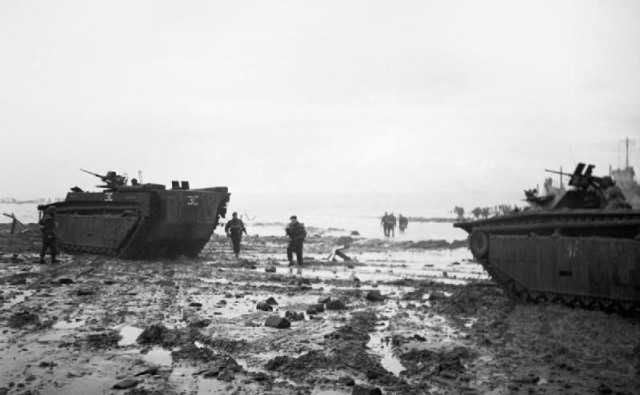
The Buffalo was the British version of the American LVT 4. Even though it lacked armor and was easily damaged, its ability to respond quickly and move fast on the beach saved many lives. The Buffalo was used extensively in Europe after D-Day, most notably on the crossing of Rhine river.
